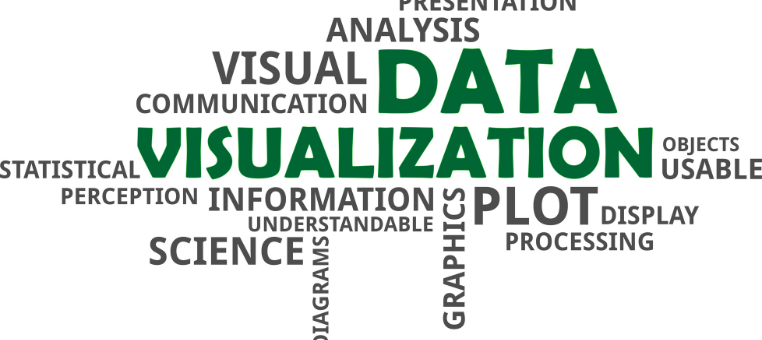The Data Visualization Revolution

The transition from traditional Business Intelligence to modern Data Visualization is happening at more companies every year as they seek to make decisions based on data instead of instinct. Gone are the days when IT writes reports for the business using technical resources in niche Business Intelligence applications.
The transition from traditional Business Intelligence to modern Data Visualization is happening at more companies every year as they seek to make decisions based on data instead of instinct. Gone are the days when IT writes reports for the business using technical resources in niche Business Intelligence applications.
Instead, we now see a collaborative environment where both IT and the business do what they do best. IT returns to managing the access and governing the data sources. At the same time, the business takes ownership of the data and of the analysis to get the best insights from the data collected.
There are three essential components of any modern Business Intelligence program:
- Data Management
- Data Analysis
- Data Sharing
Data Management
One of your IT department’s core competencies is managing the data in your business systems. There are two parts to this, access control and governance.
Access is the simpler of these two items to manage. Much like how access to applications is granted within organizations. Similarly, access to the data should also be enabled. IT has a long history of understanding who should or should not have access to applications and data and can be trusted with this responsibility.
Governance is much more complicated. The core of this is that to make good decisions using data; you must have good data. Your data needs to be consistent, accurate, and complete. How you get there is a much longer conversation, but in a nutshell, it is cleansing, profiling, and monitoring for anomalies within a data warehouse or database.
Data Analysis
In this new world of Data Visualization, the business has taken responsibility for analyzing and presenting the data in the manner they find most effective. Traditionally IT would be required to help build reports and dashboards for their customers but didn’t truly understand the data they were working with. This caused delays and frustration for the business as often, the information required to make a good business decision would arrive after the decision needed to be made. Now with the business being hands-on and able to analyze the data on-demand, the information is now available to help support decisions made at speed the business needs.
Data Sharing
Sharing is where the real revolution has happened in Business Intelligence. In the past, the information provided to decision-makers has been in the form of static reports, generally in typical row and column format. With this new generation of data visualization tools, decisions are now being made using shared information in visually pleasing and intuitive formats that also allow the user to ask questions about the dynamic data by drilling down and shaping the data as they like.
Data consumers are no longer restricted to their office computers to see their dashboards and reports. They can also receive this data through their mobile devices, giving them the information they need at their fingertips. What this leads to is a culture where more people are asking questions about their data and identifying a greater volume of unexpected opportunities not possible with conventional tools. By transitioning to a modern Data Visualization platform, you create a collaborative environment where IT and your business organization can work together to provide your decision-makers with the information they need when they need it.
This post was originally published by CTR. CTR was acquired by AST in January 2023.
Leave a Reply